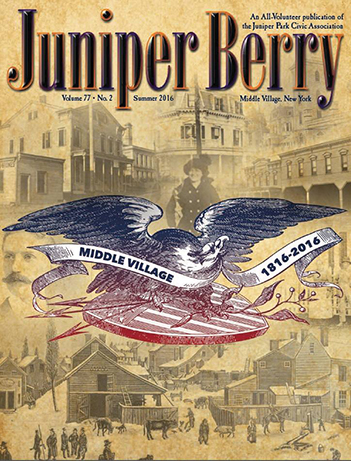I live on the water in Broad Channel, Queens. About 7 years ago, a Great Egret (Ardea alba) landed on my dock and walked into my kitchen. As a naturalist and Jamaica Bay Guardian for the American Littoral Society, I am very familiar with this bird species but I never expected to have such a close encounter with one. I defrosted some small bait fish (Atlantic Silversides) l had in the freezer and offered some to this unusually tame bird which ‘she’ carefully and gently took from my hand. (Egor is actually a female and should technically be named Egorra or Egretta). That summer she stopped by at my dock almost every day and accepted some fish. My neighbor’s kids really enjoyed seeing and feeding this beautiful bird as well.
At the end of September, Egor left Jamaica Bay and migrated south to her wintering grounds somewhere down south where the water never freezes. Since birds are unusually tame in places like Florida and the Everglades, I suspect she learned this behavior somewhere down there. To my pleasant surprise, the next spring (April 1st) Egor returned to Jamaica Bay and visited me again throughout that summer. In fact, she has been coming back every spring since then and has become a sensation on Facebook and visited by many friends and local children. I know it’s the same bird as she has part of one toe missing which makes her easy to identify. This year, Egor returned on Earth Day, April 22nd.
Great Egrets, along with many other heron and wading bird species, were almost hunted to extinction in the late 1800s and early 1900s before being fully protected by law under the International Migratory Bird Treaty Act of 1916. They were shot by the thousands down in the Everglades and elsewhere for their long breeding plumes used on ladies’ hats. Since then, they have made a remarkable comeback and are once again common denizens of coastal marshes and wetlands. With Egor as “good will ambassador”, let’s hope these birds as well as many other native American wildlife are protected for future generations to enjoy.




